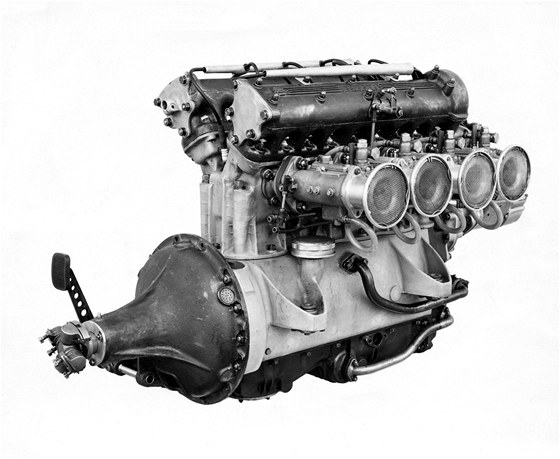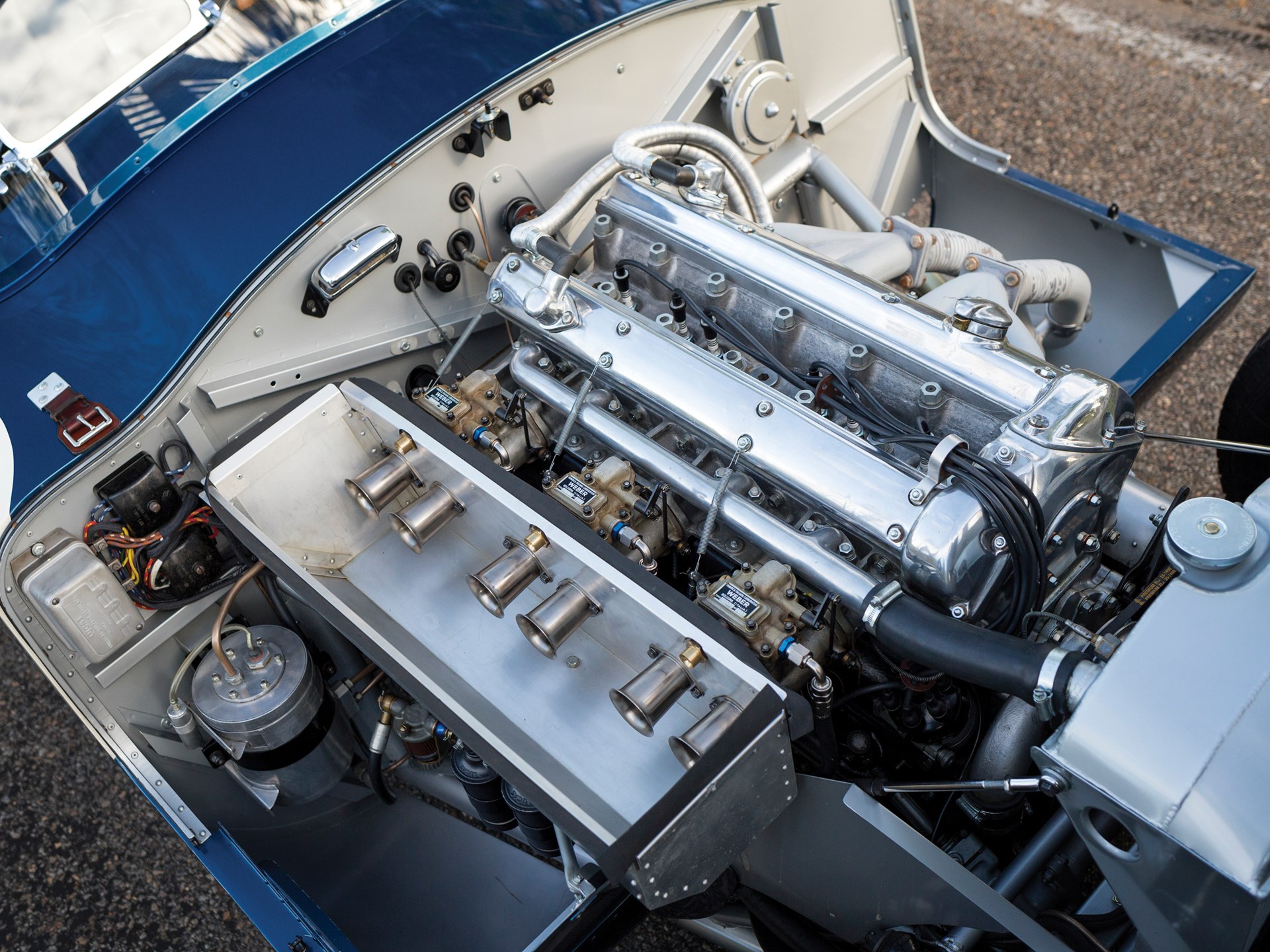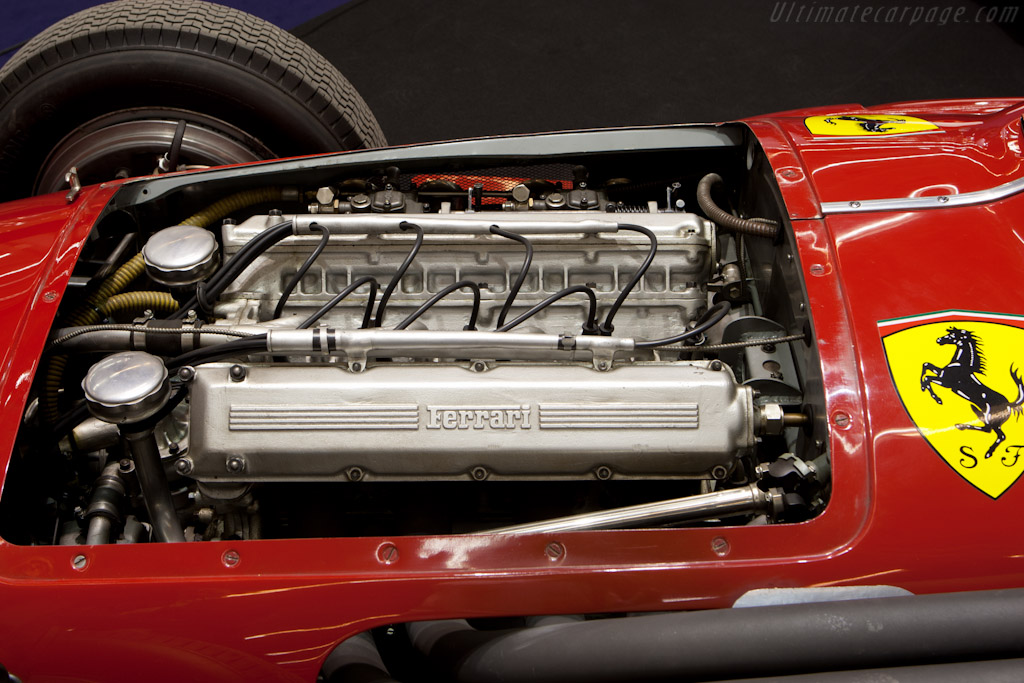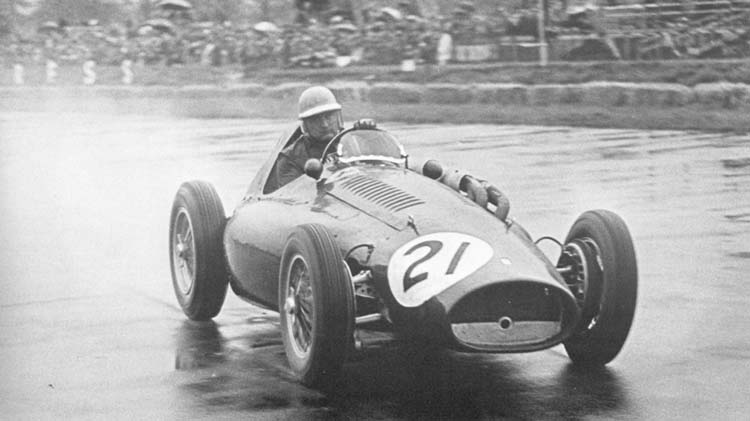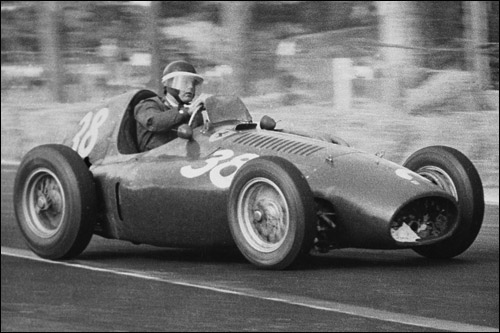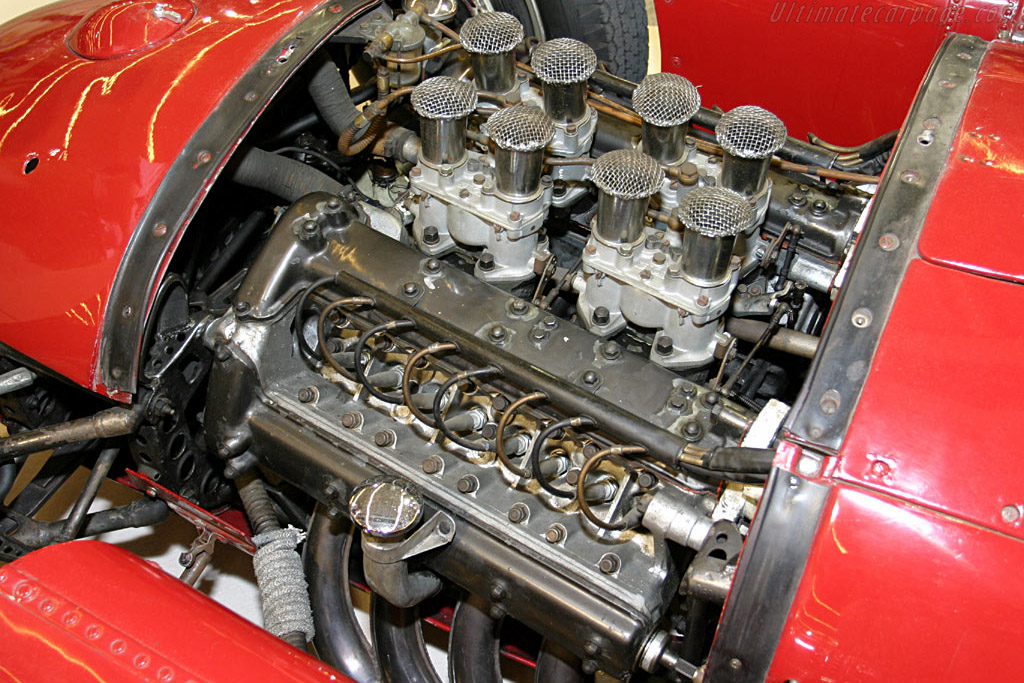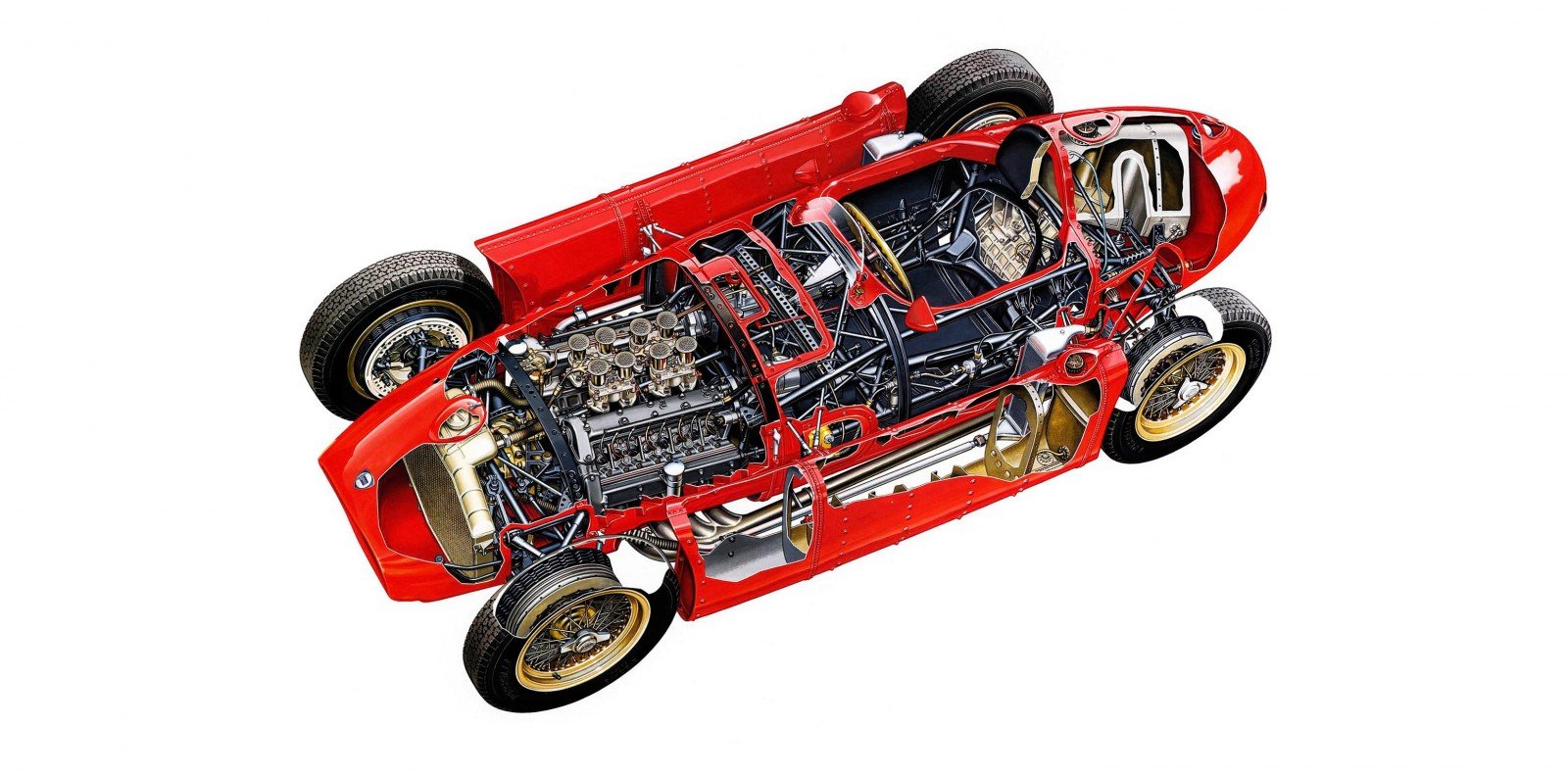nice engine but sorry all the above is an exaggerationhollus wrote: ↑18 Jan 2019, 22:471952 Küchen 2-litre V8
Ingenuity at its best. 1952 Küchen 2-litre V8 most powerful GP engine of its time. Just 3 were build for formula 2 by an engineer in his own workshop and as a hobby. Delivering 200 HP something that could only be reached 2 years later by the likes of FERRARI and Maserati.
ok its 'race-motorcycle-type' design had 8 inlet tracts (8 Amal carburettors) and iirc 8 exhaust pipes
so was everywhere 'tuned length' (even with the V8-conventional 2 plane crankshaft)
(Amal competition carburettors had asymmetrical fuelling - eg 2 Amals to 4 cylinders was disastrous, as Blydenstein found)
I knew S S's teaser was this engine - better known via it's user Alex von Falkenhausen's A.F.M. car
the V8's was slow and failed its only WDC race and it disappeared, AFM reverting to Bristol (improved BMW 6) engines
the V8 only won in a 1951 Grenzlandring (banked oval) national ? race - but the lap record went to Veritas (Bristol)
certainly the F2 Ferrari had 200 hp for 1952-1953
Ascari won every WDC F2 race he entered in 1952 but because of Indy missed the Swiss (Taruffi's Ferrari won)
(remember what many have forgotten today - F2 not F1 (plus Indy) were the WDC in 1952-3)
he won 5 in 1953 (and Ferraris of Farina and Hawthorn each won one)
this was of course the 4 cylinder Lampredi-designed engine with 4 'tuned length' inlet tracts
(replacing the road-type V12 whose power potential suffered because of inlet limitations, but made till 1973 at 4.4 litres)
for decades motorcycles (and a few NA cars) had 'tuned lengths' - amounting to 'free supercharging'
100 bhp/litre was available from 500cc cylinders eg Norton pre/post WW2 and more from 250cc eg Benelli
when car GPs used NA engines again the designers had to copy this idea


